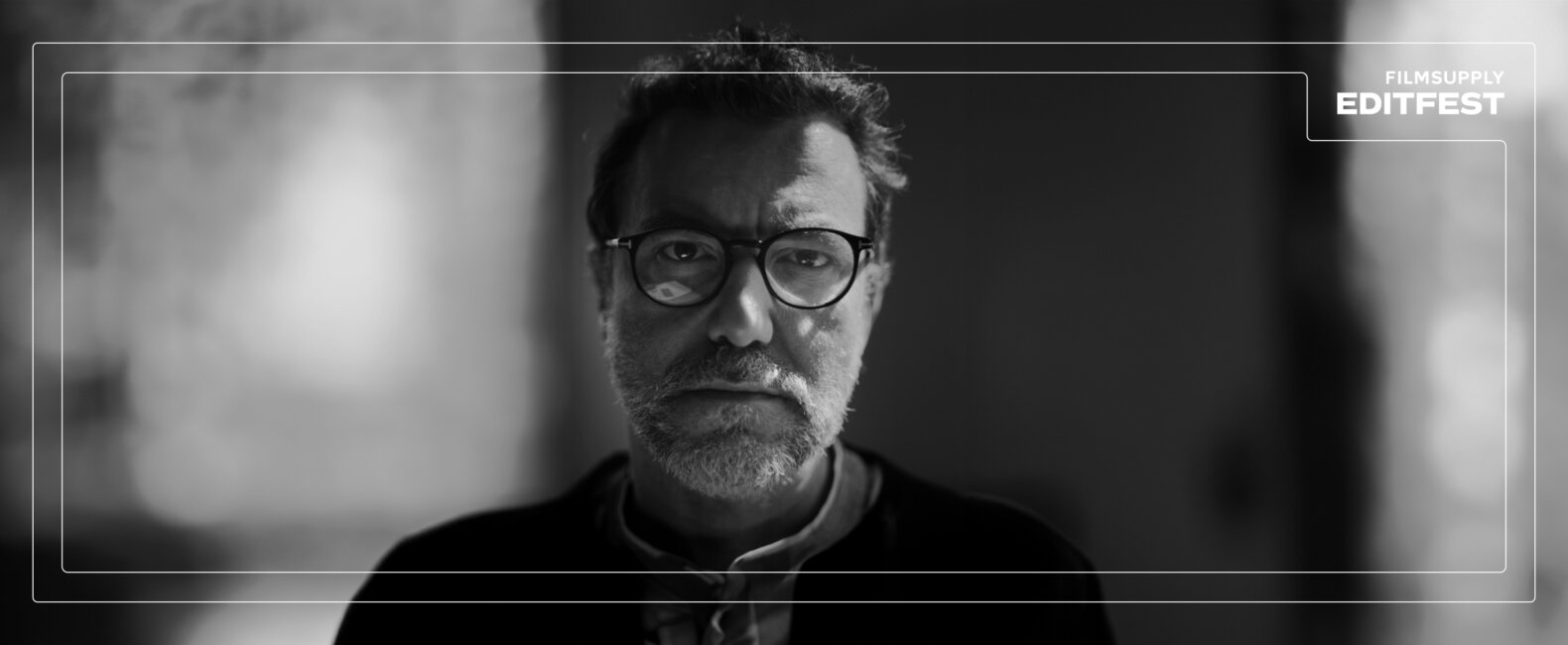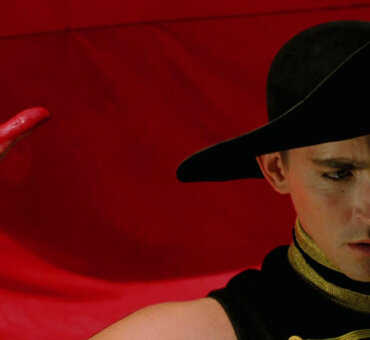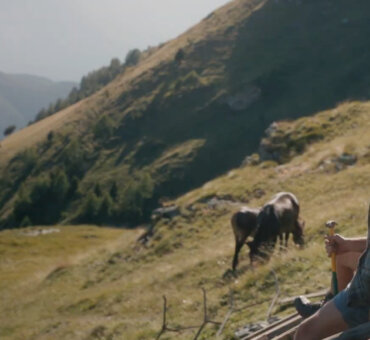Marco Perez, a seasoned partner at Union Editorial, is exceptional at crafting visually stunning and narratively compelling advertisements. Renowned for his collaborations with iconic directors like Spike Lee and Sharmeen Obaid-Chinoy, Perez has honed his craft over the years, delivering masterpieces that resonate with audiences worldwide. This year, he’ll lend his expert eye to providing feedback alongside other industry leaders as a Filmsupply Editfest judge. You can find further information about Filmsupply Editfest here.
Read our exclusive interview below to learn more about Perez’s journey, his early passion for filmmaking, his transition to commercial editing, and the insights he’s gleaned from a decade of shaping the industry. From his memorable projects to his strategies for balancing creative freedom with technical constraints, Perez offers a unique perspective on the craft that has defined his career.
Filmsupply: Tell us how you got into film editing and became a partner at Union Editorial.
Marco Perez: In my early 20s, I worked as an assistant director in lyric operas worldwide, and as I was preparing a new show, I happened to enter an editing room. It enlightened me: I discovered that editing is how my thought process works. It felt natural.
So, I started working as an apprentice with Italian editor Roberto Perpignani. Then I became an assistant. The switch to commercial editing came on a worldwide campaign for Pirelli. The job started in LA, but most of the editing was scheduled in Milano. I came to LA as an assistant, and as the creative team liked me, the Executive Producer gave me a chance and told me, ‘If you can cut the agency version before we get back to Milano. I’ll present your edit to the creatives.’ I spent 72 sleepless hours in the editing room, but in the end, the agency loved my edit, and so did the client.
After many years of working all around Europe, and thanks to the encouragement of many US directors I was (and still am) editing for, I decided to move to the US. I was lucky to meet with Union Editorial and felt at home. The Union team quickly became like a family for me, and I was honored to be offered the partnership after two years of being with the company. It’s an incredibly talented and hardworking group, and I’m proud to call all of them my friends.
How do you adapt your editing style across genres to suit each project?
Switching from one genre to another is something I cherish. It allows me to use a comprehensive editing “toolbox.” Often, I use a documentary “tool” in a commercial or a feature film “tool” in a doc. This allows me to keep my edits compelling and often find unexpected solutions to the issues and challenges that any project and genre has. Directors, creatives, and producers are often initially surprised by this approach of mine. But they won’t stop asking for more as soon as they get used to it.
How has working with iconic directors like Spike Lee and Sharmeen Obaid-Chinoy influenced your editing approach?
Editing for such directors is an honor, and it’s incredibly fulfilling. They always surprise you, each of them in their peculiar way. I remember vividly the first time I edited for German director Wim Wenders. When discussing an edit or a mere cut, I felt Wim was always a few steps ahead of me, and from there, he was launching an idea like he was passing me a ball, but far away, so I had to move very fast to catch it and pass it again to him. Bouncing back and forth between storytelling and editing ideas was so fast it was thrilling.
What are the key elements of a compelling story?
An emotional connection with your material is a key element of storytelling. If I don’t feel something as I read a script, watch a movie, or hear a story, it becomes a cold object, something mechanical and artificial. The magic happens when a story establishes an emotional connection with its audience. I love it when stories progress by leaps; I feel that spoon-feeding the audience undermines the thrill of storytelling. A well-dosed amount of unpredictability in the story development, stylistic choices, and character arches is critical to a compelling story.
How do you balance creative freedom with the technical constraints of a project?
Limitations are crucial to the creative process. Complete freedom is often detrimental, and breakthrough ideas often come from constraints. Each creative choice you make limits your “freedom,” but art can sparkle in these choices and in these constraints.
Looking back at your career, what are the moments or projects you are most proud of?
It’s hard for me to pick just a few projects. I’ve been lucky enough to edit a lot of extremely rewarding projects. On the long-form side, I’m especially proud of the documentary Uncertain, a winner at the Tribeca Film Festival a few years ago, and the narrative feature A Beautiful Curse, which got me two best editing awards. The documentary Diane Von Furstenberg—Woman in Charge opened the Tribeca Film Festival this year, and it was incredible to edit it and attend the NYC premiere.
On the commercial side, Spotify’s tribute to Taylor Swift’s Bead Mountain, directed by Floria Sigismondi, and the worldwide LEGO campaign Play is Your Superpower, directed by Ellen Kuras, made me proud this year. LEGO was also a highlight because it was a project I could share with my six-year-old daughter. She liked it so much that one day, she saw the billboard of the LEGO campaign in a tunnel leading to the subway and started stopping commuters and passers-by, telling them, “My father did this.”
What’s your advice to post-production editors who aspire to transition into narrative film?
Never stop working. Grab every opportunity. Ask your supervisor to stay overnight to work on an art project, a short, or a pitch for a feature film or a series. You must be impeccable both on your day job and side projects. If so, your hard work and passion will be rewarded, and opportunities will open up.
What’s something that has inspired you or caught your attention lately?
I get most of my inspiration from outside the film and commercial world. Lately, I saw the Punchdrunk show The Burnt City in London. Its circular and immersive storytelling is beautiful and surprising, allowing the audience to create its own path through the story.
Alessandro Michele, one of Italy’s greatest fashion designers, and Emanuele Coccia, a philosopher, have written the book The Life of Forms, which shows how the urge for beauty is deeply rooted in our humanity. Listening to contemporary composers’ work is very inspiring. Lately, I’ve been listening to the work of German composer Markus Schmickler. His work is outstanding.
What’s next for you? Any projects on the horizon that you’re excited about?
I’m currently involved in developing a narrative feature film about Italian director Federico Fellini. It’s an intriguing project with an international cast of A-listers. I have a few ongoing projects, both commercial and long-form, with Ellen Kuras. Her talent as a director and her energy are awe-inspiring. As I write this, I’m starting the edit in London of the new worldwide campaign for UBS directed by Spanish director Edu Grau. I’m really excited to work with him for the first time.
Why do you recommend Filmsupply as a resource for editors and post houses?
The footage on Filmsupply is stunning. You can always feel the sensibility and artistry of the filmmakers behind each shot you screen. The shots and collections are never generic; there is always a refined eye behind each image. I always discover something unexpected and, at the same time, suitable for the project at hand. That’s why it is so intriguing to search their database. The danger is to get lost in its beauty.






